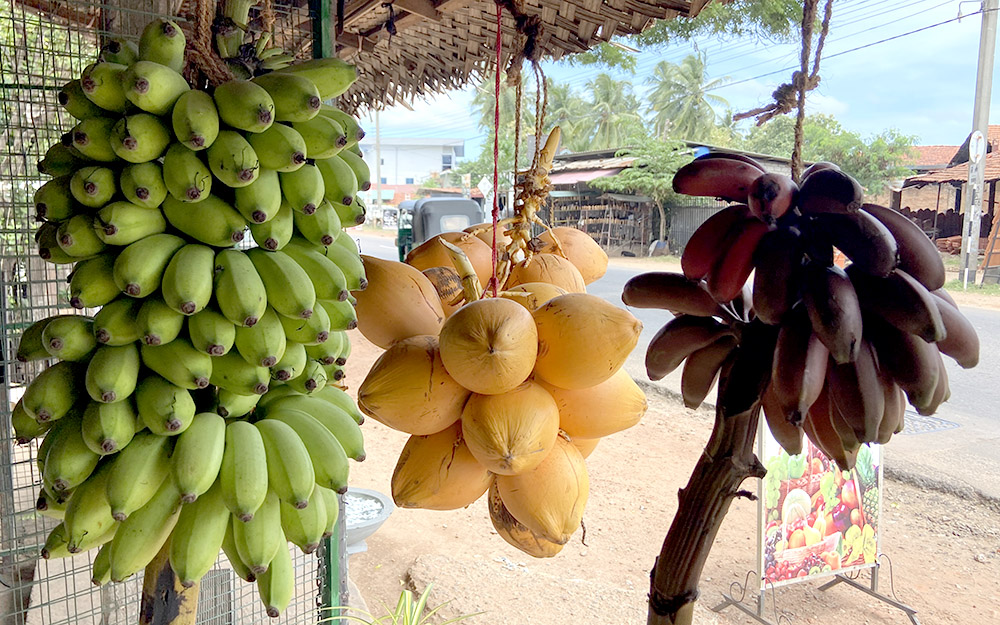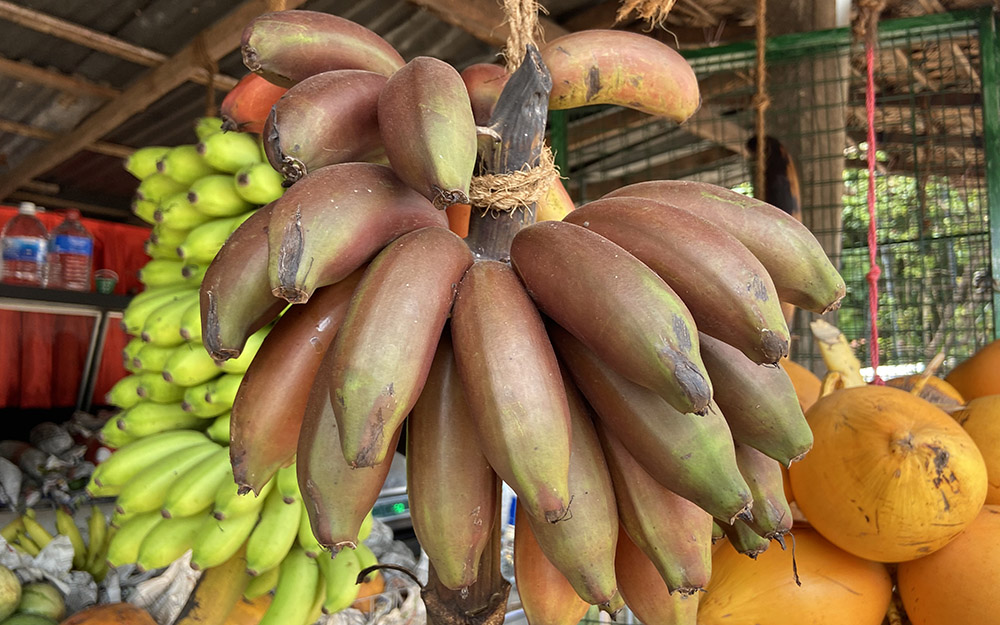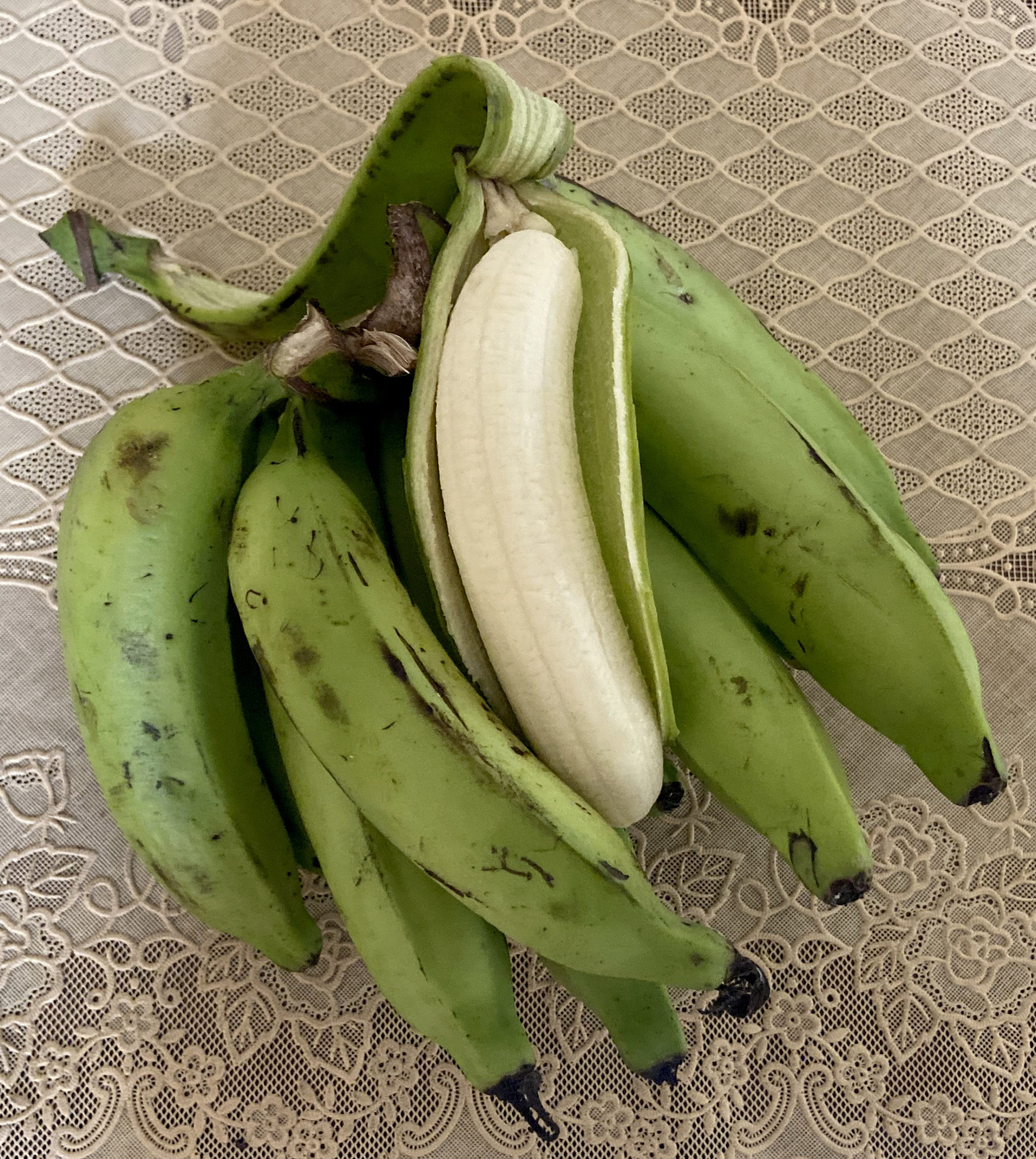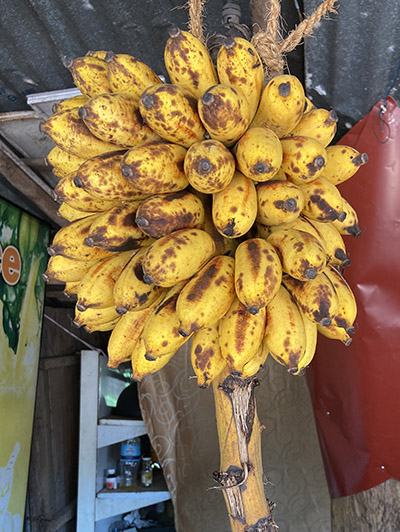A Sri Lankan banana a day keeps the doctor away!
A banana a day keeps the doctor away, or so they say. True or not, it is nevertheless a real superfood that keeps you in tip-top health!
Bananas are the world’s fourth most cultivated crop. Sri Lanka boasts 29 varieties, many of which are indigenous. They grow freely all over the island in domestic gardens as well as being cultivated commercially.
The terms banana and plantain seem to be interchangeable on the island. Plantains tend to be less starchy and used for cooking and savoury dishes
Wild ancestor
In Sri Lanka there are archaeological findings that show that a wild, seeded ancestor of the modern banana formed part of the diet of Sri Lanka’s Balangoda Man, who inhabited the jungles of Batadombalena around 10,000 BC.
As far back as 341 AD, King Buddhadasa, known as a good physician, recorded in his Sarartha Sangragaha the medicinal value of various parts of the banana tree.
Vitamins and minerals
Bananas are loaded with essential vitamins and minerals such as potassium, calcium, manganese, magnesium, iron, folate, niacin, riboflavin, and B6. These all contribute to the proper functioning of the body, and keep you healthy.
The high content of potassium is what makes bananas a super fruit—nature’s energy bar. It helps control blood pressure, protects against strokes, and stops muscle cramps during workouts.
Bananas help build better bones. Being a rich source of probiotics, which nourish the good bacteria that produce vitamins and digestive enzymes in the colon, this boosts the absorption of calcium, which strengthens bones.
Better mood and memory!
They also improve vision and prevent age-related muscular degeneration. Tryptophan, an amino acid, has been suggested to help preserve memory and improve mood.
Being rich in antioxidants, bananas may also reduce the incidence of cancer in the kidneys while easing symptoms related to stomach ulcers.
The fibre, potassium, vitamin C and B6 all help maintain a health heart.
Every part of the plant is useful: leaves for wrapping food and as plates, and the bark for paper, while the flower, fruit and stems can all be eaten.
Many uses!
Meanwhile, the inside of a banana skin can calm an itchy mosquito bite and polish shoes and leather handbags.
The unopened flowers, kesel muwa, are a striking reddish, deep purple colour and are loaded with fibre, protein, potassium, calcium, copper, phosphorus, iron, magnesium and Vitamin E.
They can be eaten raw, added to salads, cooked in various different ways, or added to herbal teas.
If you get tired of just eating plain bananas, try using them in cookies, muffins, cakes, fritters and smoothies.
Sri Lankan banana varieties can be divided into three main groups: mysore, which includes ambul and seeni; kolikuttu, which has suwendel, puwalu, rath kehel and kolikuttu; and the Cavendish, which includes anamaly, embon, bin kehel and nethrapalam.




